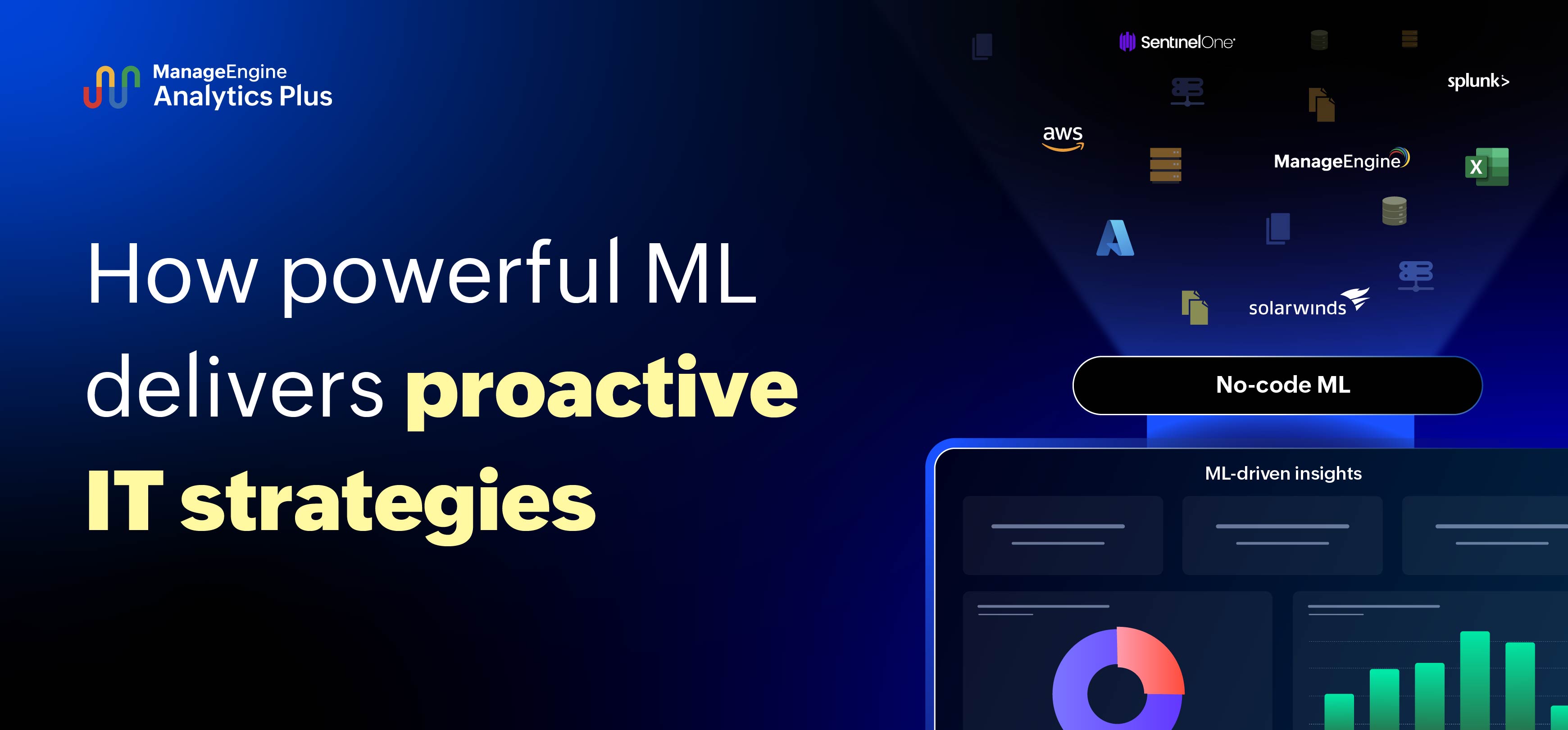- HOME
- ITSM Analytics
- 5 help desk practices that are hurting your customer experience—Part 1
5 help desk practices that are hurting your customer experience—Part 1
- Last Updated: July 1, 2024
- 434 Views
- 5 Min Read
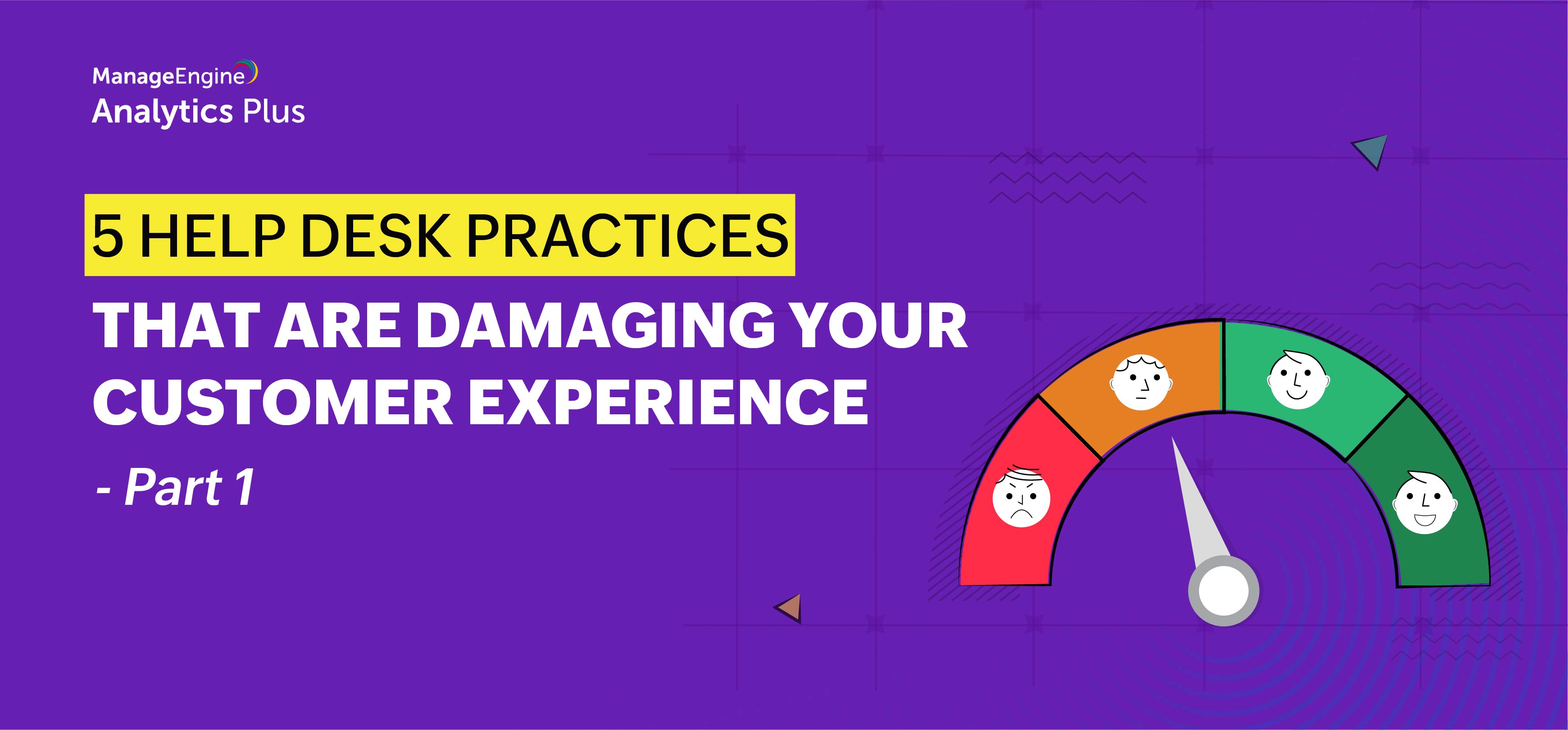
It's Monday morning, and John just returned from a long vacation. Unfortunately, he is unable to log in to his email. He consults the IT help desk. First, he gets routed to a bot, who wants to have a chat before redirecting him to a KB article. John has now spent 40 minutes stuck in this rigmarole and is still unable to log in. Desperate, he finally reaches out to his friend in IT for help. Where did things go wrong here? If bots and KB articles are supposed to help users and make their work lives simpler, why did John have to reach out to a friend instead?
Help desk administrators often introduce new ideas to the help desk to smoothen operations, but these initiatives don't always positively impact end users. Instead, they end up complicating things. In this blog, we'll walk you through two unhelpful help desk practices and provide the solutions to fix them.
1. Urging end users to talk to bots first
Bots are a great ally to the technicians, as they take a portion of the workload when technicians are flooded with requests. By directing end users to the appropriate KB articles and saving the help desk time, bots offer efficient, 24/7, one-on-one support. However, making bots the default mode of communicating with the help desk is not always a good idea. Bots are not efficient at handling highly complex requests and some users may not prefer to engage with them. In these cases, implementing bots might be detrimental.
Whether you're already using bots in your help desk or are considering bot implementation, you need to assess if it's the right time for bots, evaluate the efficiency of the solutions provided by bots, and measure the user experience with surveys.
Assess if it's the right time for bots: The best time to introduce bots is when your help desk resolves 30% of the requests through first call resolution (FCR). A historical trend of incoming request volume and those resolved through FCR can help you assess if you're ready for bots.
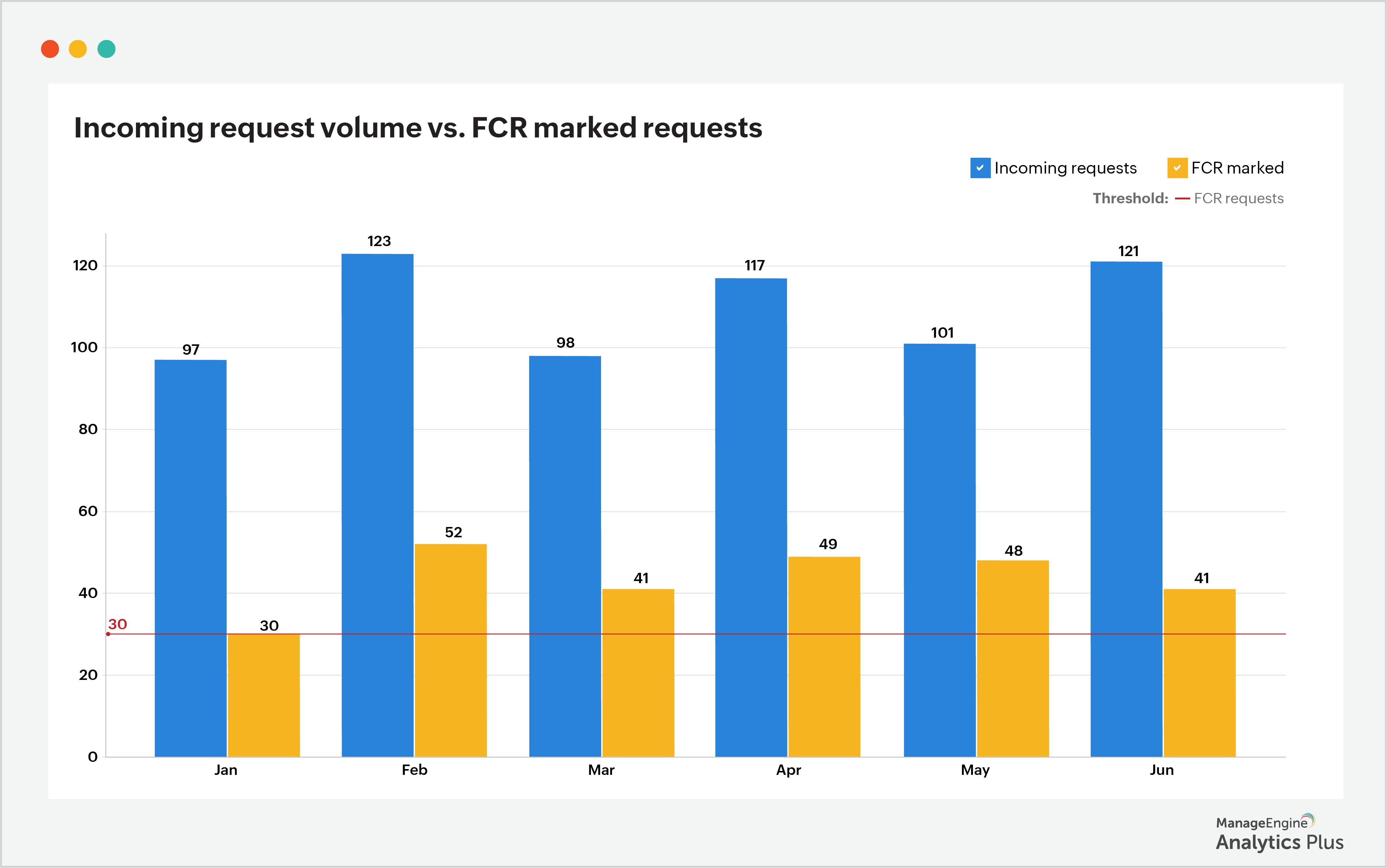
In this report, more than 30% of help desk requests are marked as FCR requests. This indicates that now is the right time to bring in bots to assist the support agents. Bots can take up some these FCR requests with the aid of FAQs and KB articles, giving technicians more time to focus on other high-priority activities, such as problem-solving and improving SLAs.
Evaluate the efficiency of solutions provided by bots: Once you implement bots, evaluate their efficiency frequently. While bots are great at serving as the first point of contact for simple user requests, it's important to assess if they're truly helpful in resolving the request. If requests have to be routed to technicians even after a bot interaction, they are an unhelpful barrier between the end user and the technician.
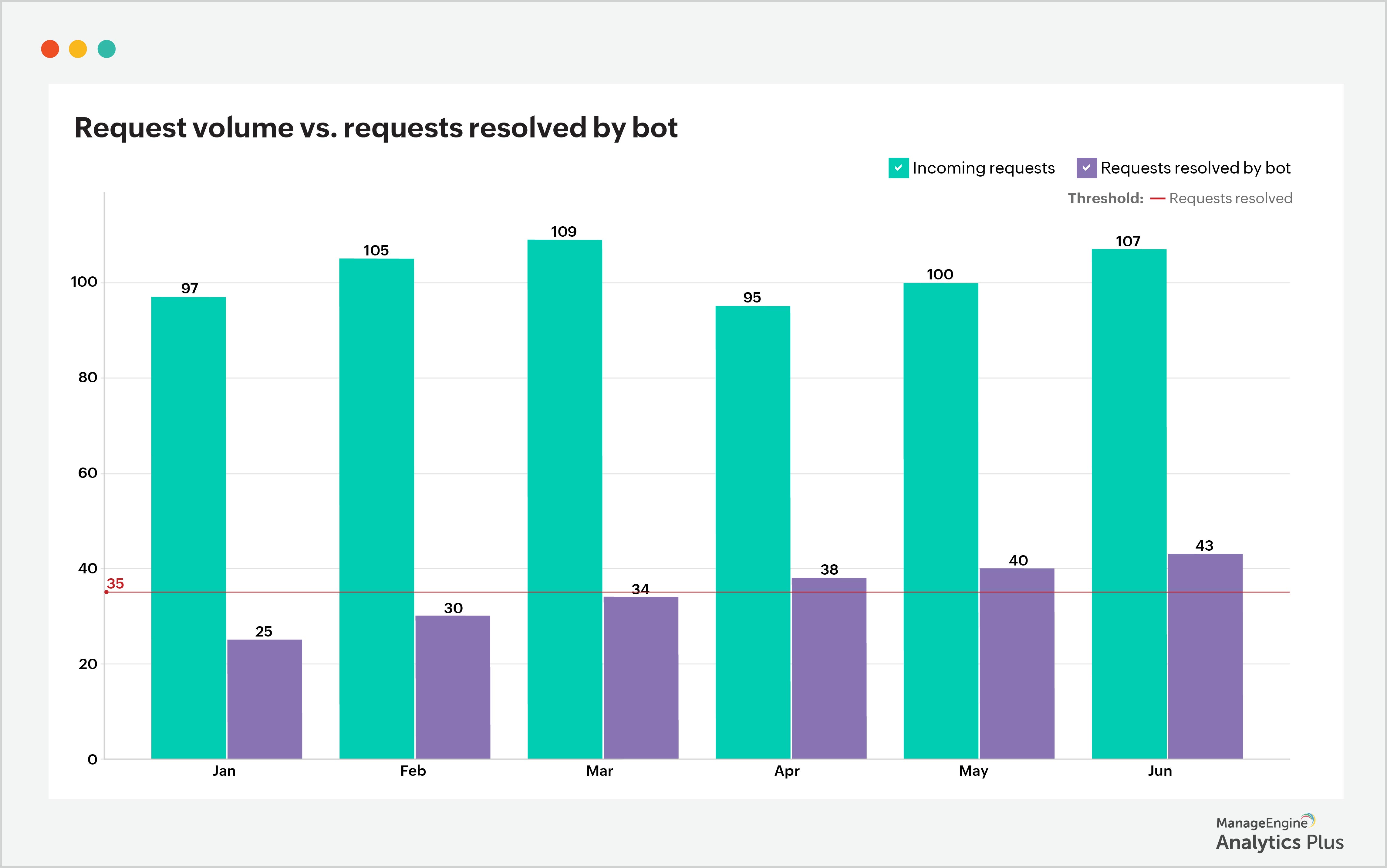
The report above illustrates the relationship between incoming ticket volume and requests resolved by the bot. An average of 35% of requests are resolved by bots and this trend is only increasing, indicating that the solutions provided by bots are effective.
Measure the user experience through surveys: Have you ever considered introducing a customized feedback template for bot interactions? This will tell you how your users feel about interacting with bots and how you can improve end-user bot interactions.

The report above spotlights areas where bots are efficient—in the ability to understand user questions and provide solutions. We can infer that a rating of 80% and above is a good measure of end-user happiness, while anything below is an area of opportunity for improvement.
2. Over-promoting the use of a self-service portal
A self-service portal is a one-stop shop for all end users looking to fix IT issues. However, an abrupt shift from legacy methods such as email, phone, or text to a self-service portal is not a great idea. Users may not be familiar with the help desk portal or it may require training. Here are a few common mistakes help desks tend to make while implementing a self-service portal:
Too many request templates.
It's great to have a self-service portal with diverse templates to cater to a range of requests. However, too many of these templates often makes it challenging for the end user to choose the right one.
Not enough request templates.
At other of the spectrum, having too few templates is also not great, as users may have to raise all requests through a standard template that may not have the necessary fields to collect all the information required. This may complicate things for technicians, as they'll have to reach out to end users to get the information required to work on requests.
Not customizing request templates to an organization's needs.
It's critical to fine-tune the self-service portal with customized templates per the organization's needs rather than going with standard templates that do not align with the request categories. This saves a substantial amount of time and effort for both end users and technicians.
You can avoid these common mistakes while implementing a self-service portal by:
Measuring the success of the self-service portal. The right time to eliminate email as a mode of receiving requests is when 80% of your total requests are created using the self-service portal. To measure this, you can compare the adoption of a self-service portal to the other modes of request creation.
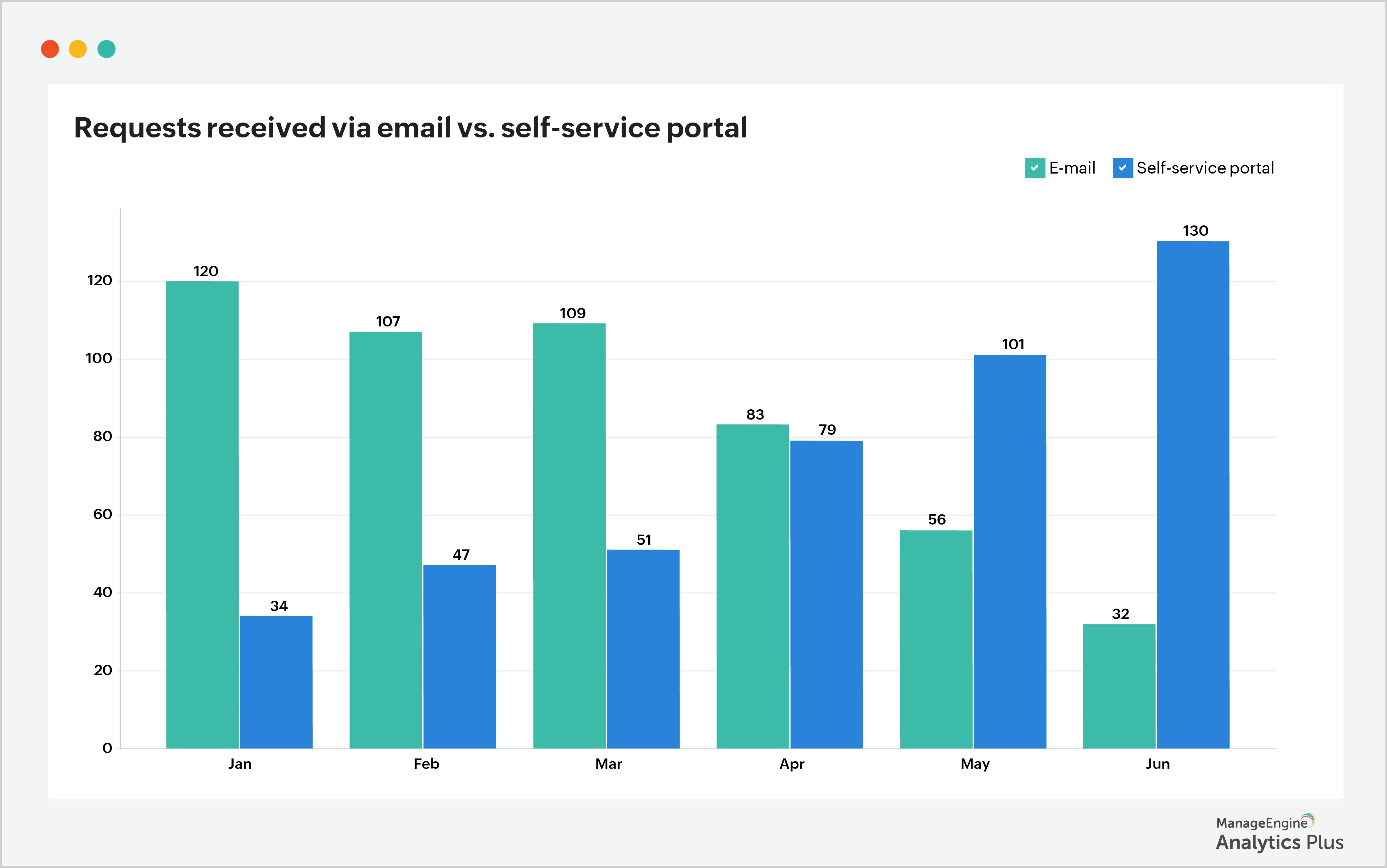
The report above illustrates the gradual increase in adoption of the self-service portal. This indicates that the end users are organically phasing out of other modes of raising requests and adapting to the self-service portal. Now the other modes are ready to be disabled.
Refining the self-service portal with customized templates. End users tend to describe their issues in the subject line of an email. Analyze and identify the most common request categories by perusing email subject lines and leverage them to refine your organization's self-service portal.
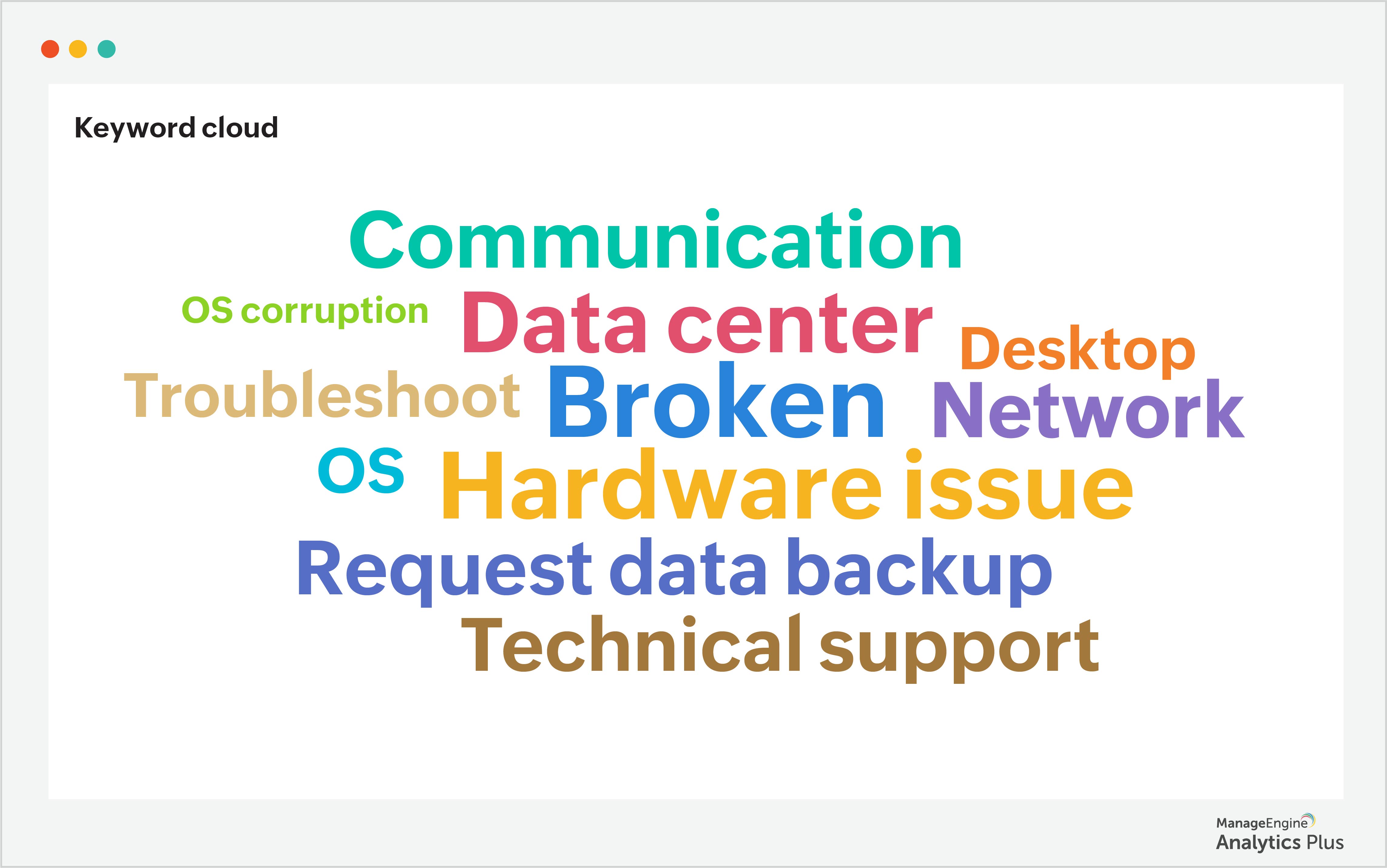
The above report is a keyword cloud built by analyzing the frequently used keywords from the subject lines of end users' emails. This helps to highlight the nature and category of service requests. Furthermore, this data can be used to populate the self-service portal with appropriate templates.
Stay tuned for the next part of this series to discover three other help desk mistakes that are damaging your customer experience and the ways to safeguard your help desk from falling prey to them.
These reports were built using Analytics Plus, ManageEngine's AI-enabled IT analytics application. If you'd like to create similar reports using your IT data, try Analytics Plus for free.
Need to know more about analytics for IT operations? Talk to our experts to discover all the ways you can benefit from deploying analytics in your IT.

